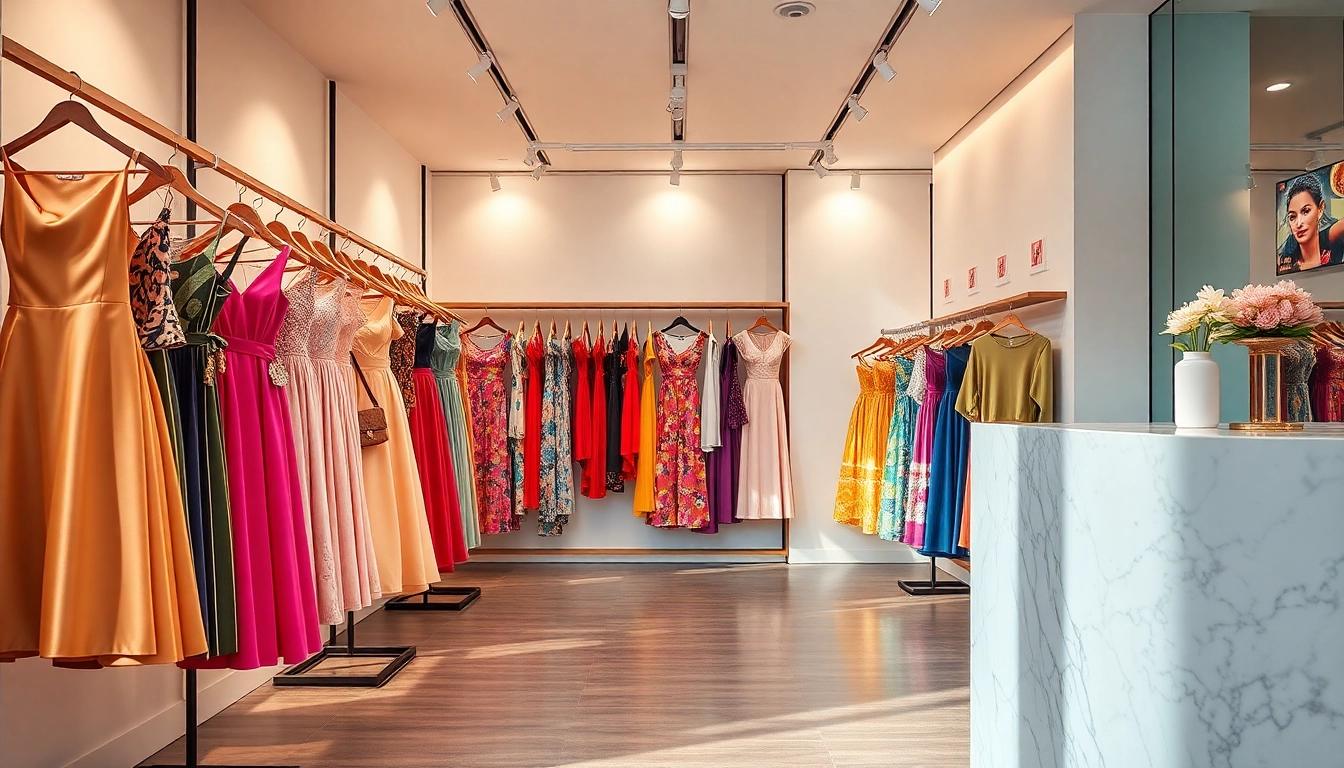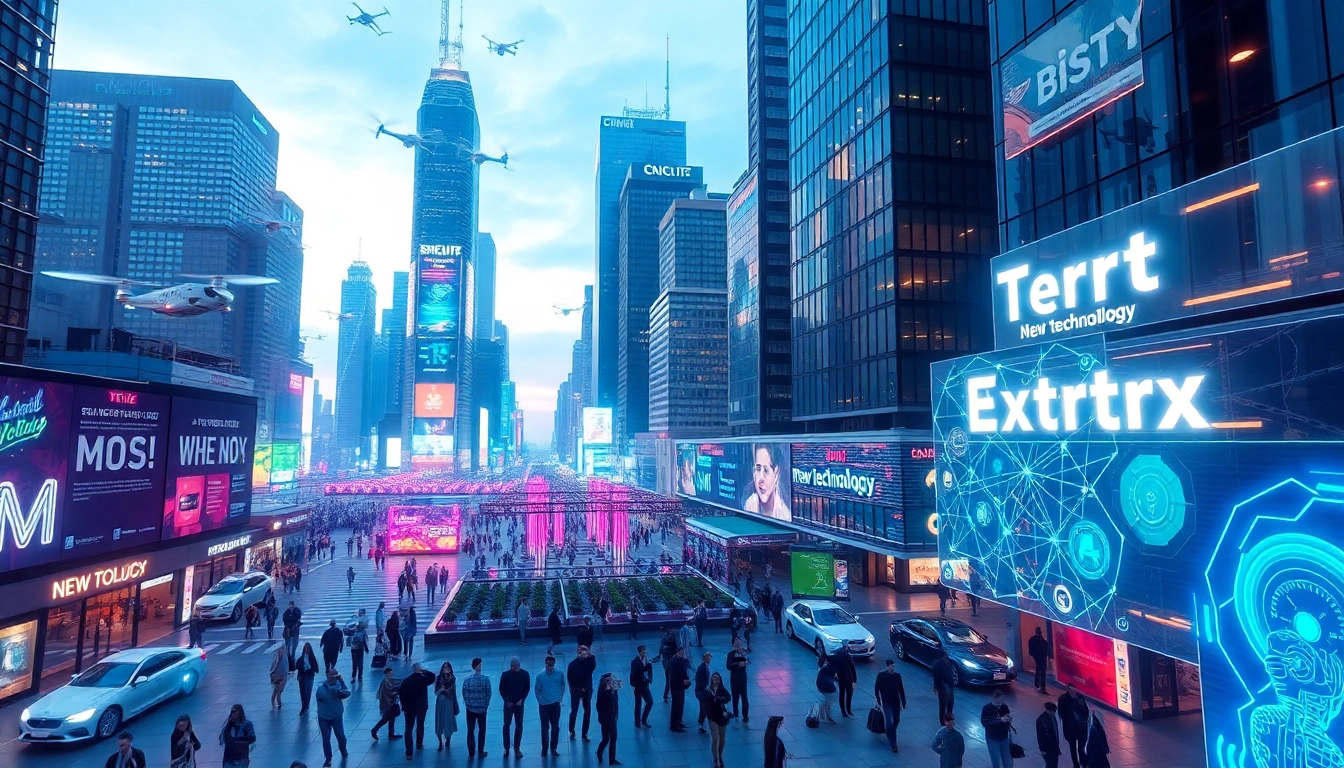Understanding Women Fashion Trends
Fashion is an ever-evolving field that reflects cultural, social, and personal expressions. In the realm of Women Fashion, trends are influenced by a multitude of factors including celebrity endorsements, social media, and global happenings. This section delves deep into the essence of women’s fashion—what it is, its historical context, and the current trends shaping its landscape.
What Is Women Fashion?
Women’s fashion encapsulates a variety of clothing styles and trends specifically designed for women. It is a form of self-expression that allows women to showcase their identities through different fabrics, patterns, colors, and styles. From casual wear to formal attire, the spectrum is vast. This category not only includes garments but also extends to accessories that complement outfits, making it a holistic field of study.
Historical Context of Women Fashion
Fashion for women has undergone significant transformations throughout history, often reflecting societal changes and gender roles. In the early 20th century, for instance, the suffragette movement heralded a shift towards more practical clothing that mirrored women’s growing independence. The 1920s saw the emergence of flapper dresses that symbolized rebellion against Victorian norms, while the ‘60s and ‘70s introduced bold patterns and styles aimed at empowering women. The historical evolution of women’s fashion highlights how clothes can narrate stories of liberation, social standing, and personal choice.
Current Trends Driving Women Fashion
Today’s women’s fashion is significantly influenced by a combination of vintage styles, sustainability movements, and technological advancements. Some current trends include:
- Sustainable Fashion: With increasing awareness around environmental issues, many brands are creating eco-friendly clothing lines.
- Inclusivity: The demand for plus-size clothing and diverse representation in ads has shifted the norms around body image in fashion.
- Digital Fashion: The rise of virtual fashion shows and digital clothing options offers yet another dimension to women’s fashion.
- Statement Pieces: Bold colors, unique patterns, and ostentatious accessories are trending, making fashion more about making statements rather than mere functionality.
Key Apparel Categories in Women Fashion
Essentials: Tops, Dresses, and Bottoms
The foundational categories of women’s wardrobe include tops, dresses, and bottoms. This section explores each of these major categories:
Tops
Tops can range from casual tees to sophisticated blouses. The variety is essential for layering and adapting to different occasions. Popular styles include:
- T-Shirts: Casual wear that can be dressed up or down.
- Blouses: Often made from lighter fabrics, perfect for office to evening wear.
- Crop Tops: A staple for summer, often paired with high-waisted pants or skirts.
- Button-Ups: Timeless classics that embody professionalism paired with style.
Dresses
Dresses hold a special place in women’s fashion as they suit various occasions, from sundresses for casual outings to formal gowns for special events. Current popular styles include:
- Maxi Dresses: Flowing, comfortable, and perfect for summer festivals.
- Shifts: Simple cuts that flatter various body types and are excellent for casual day looks.
- Bodycon: Form-fitting dresses that accentuate curves and are popular for evening looks.
Bottoms
From trousers to skirts, the bottom wear in women’s fashion offers a plethora of choices:
- Jeans: A timeless staple in varying cuts—skinny, flared, or bootcut.
- Skirts: Ranging from A-line to pencil skirts, they provide versatility for different settings.
- Pants: Dress pants or wide-leg trousers for a blend of style and comfort, suitable for both casual and formal occasions.
Accessorizing Your Look
Accessories play a crucial role in enhancing one’s outfit. From handbags to jewelry, they can transform a simple look into a fashionable statement. Key accessories include:
- Handbags: From crossbody bags to oversized totes, they serve both functionality and style.
- Jewelry: Rings, necklaces, and bracelets can add elegance or a touch of boho.
- Scarves: A versatile accessory that can be used in many ways, from neckties to hair bands.
- Sunglasses: They not only protect but also add sophistication to your ensemble.
Seasonal Collections: Spring and Summer Faves
Fashion is highly seasonal, and stores often rotate their inventory to match the weather and associated trends. In spring and summer, lighter fabrics and vibrant colors become staples. Key items include:
- Florals: A refreshing choice that enhances the vibe of spring.
- Pastels: Soft colors that symbolize new beginnings during spring.
- Lightweight Fabrics: Materials such as cotton and linen that maintain comfort and breathability during warm months.
- Shorts: A necessity for summer heat, available in various styles from denim to tailored shorts.
Choosing the Right Fit for Women Fashion
Understanding Body Types and Fits
Understanding how to dress for your body type is crucial for achieving a stylish appearance. Different body shapes—such as hourglass, pear, and rectangular—require different dress strategies:
- Hourglass: Fitted designs that accentuate curves are ideal.
- Pear Shape: A-line skirts and off-the-shoulder tops help balance proportions.
- Rectangular: Layering and cinching at the waist can create the illusion of curves.
Styling Tips for Every Occasion
Fashion plays a pivotal role in how women present themselves in various scenarios, from casual outings to formal events. Here are some essential styling tips:
- Casual Outfits: Opt for comfortable fabrics like jersey or cotton. Pair a simple t-shirt with jeans or a casual dress with flat sandals.
- Work Attire: Choose structured pieces that convey professionalism, like blazers and tailored trousers. Neutral colors are often a safe bet.
- Evening Wear: Elevate your outfit with statement jewelry, bold patterns, or elegant heels.
Plus Size and Inclusivity in Women Fashion
The conversation around body positivity has reshaped the fashion industry, creating a demand for more inclusive sizing and representation. Brands are increasingly addressing this by offering extended sizes and featuring models of various shapes and sizes in their campaigns. This shift has not only allowed plus-size women to access stylish clothing but has also fostered a more inclusive narrative within fashion.
Shopping for Women Fashion: Best Practices
Online vs. In-Store Shopping
When it comes to shopping for women’s fashion, both online and in-store experiences offer unique advantages. Online shopping provides convenience and often a broader selection, while in-store shopping allows for trying items on and instant gratification. Consider factors like return policies and sizing guides when deciding on the shopping method.
How to Shop Sales and Discounts
Maximizing savings during sales is a skill every shopper should master. Here are some effective strategies:
- Sign Up for Newsletters: Joining mailing lists can give you exclusive access to sales and discount codes.
- Utilize Timing: Shopping during specific seasons, like end-of-season sales, can yield significant discounts.
- Use Price Comparison Tools: Compare prices across platforms to ensure you are getting the best deal.
Must-Know Apps and Websites for Women Fashion
Several apps and websites can enhance the shopping experience, providing user-friendly interfaces and fashion inspiration:
- ShopStyle: A comprehensive shopping aggregator that helps users find outfits across multiple retailers.
- Pinterest: Ideal for outfit inspiration and trend tracking.
- ASOS: Known for an extensive collection of trendy clothing with inclusive sizing options.
- Instagram: Many brands exclusively market their products through this platform, providing unique, limited-time offerings.
Future of Women Fashion
Sustainability in Women Fashion
The future of women’s fashion is undeniably entwined with sustainability. As environmental concerns come to the forefront, many brands are shifting towards sustainable practices, utilizing organic materials, and enforcing ethical labor practices. The demand for transparency in the fashion supply chain has never been higher, prompting brands to rethink their production methods. The trend towards buying vintage or second-hand clothing also supports the circular economy, reducing waste.
Emerging Technologies in Apparel Design
Advancements in technology—particularly in AI and 3D design—are beginning to revolutionize how clothing is created and marketed. Virtual fitting rooms, for instance, allow customers to visualize how clothes would fit without ever trying them on physically. This not only enhances the shopping experience but also reduces the number of returned items, a significant pain point in the industry.
Predictions for Women Fashion Trends Post-2023
As we look towards the future, several trends are anticipated to shape women’s fashion beyond 2023:
- Continued Focus on Diversity: Expect to see more inclusive representation across all dimensions of identity, including size, ethnicity, and gender expression.
- Technologically Enhanced Clothing: Fashion tech such as smart fabrics may become commonplace, embedding technology into everyday wear.
- Minimalism Versus Maximalism: These contrasting movements may co-exist, catering to various consumer preferences.


